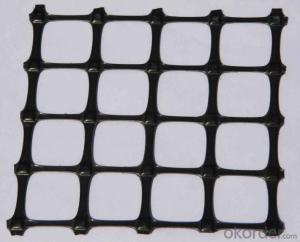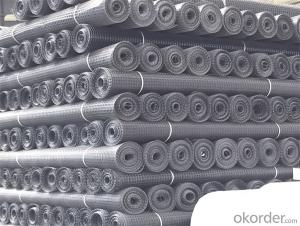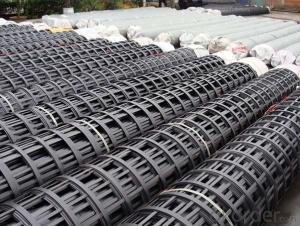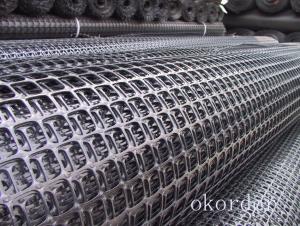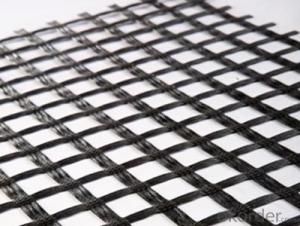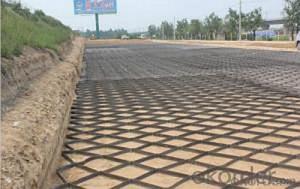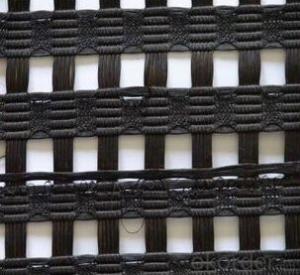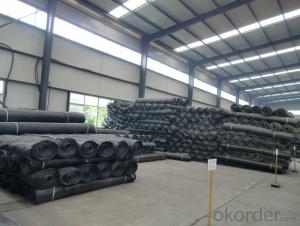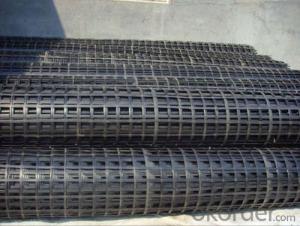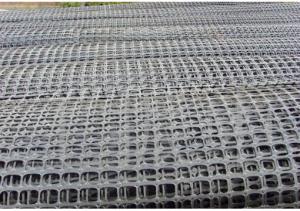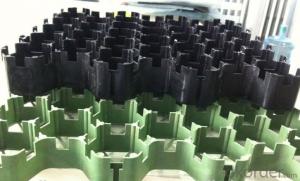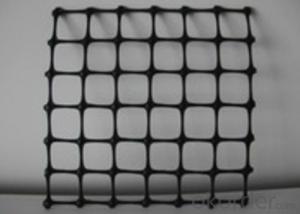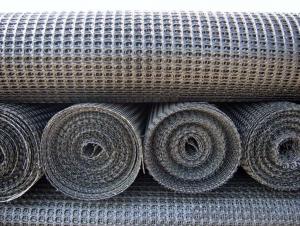Mirafi 5xt Geogrid
Mirafi 5xt Geogrid Related Searches
Mirafi 2xt Geogrid Miragrid 5xt Geogrid Mirafi 3xt Geogrid 5xt Geogrid Miragrid 3xt Geogrid Mirafi Geogrid Specifications 3xt Geogrid Miragrid Geogrid Terrafix Geogrid Tensar Triax Tx5 Geogrid Tensar Tx-5 Geogrid Tensar Tx5 Geogrid Tx-5 Geogrid Multiaxial Geogrid Rx 1100 Geogrid Geostar Geogrid Bx 1200 Geogrid Plaxis Geogrid Triax Geogrid Tenax Geogrid Interax Geogrid Rx1200 Geogrid Gmb Geogrid Geogrid Machine Nx850 Geogrid Geogrid Philippines Sbx 11 Geogrid Geogrid Triax Geogrid Layer Multi Axial GeogridMirafi 5xt Geogrid Supplier & Manufacturer from China
Mirafi 5xt Geogrid is a high-performance geosynthetic product designed for soil reinforcement and erosion control applications. This advanced material is engineered to provide exceptional strength and durability, making it ideal for a variety of civil engineering projects. The Mirafi 5xt Geogrid is specifically formulated to enhance the load-bearing capacity of soil, improve slope stability, and reduce the risk of soil erosion, making it a crucial component in the construction of roads, embankments, and retaining walls.The Mirafi 5xt Geogrid is widely used in various civil engineering applications due to its ability to increase the overall performance and longevity of infrastructure projects. It is particularly beneficial in situations where soil conditions are poor or where additional support is needed to withstand heavy loads. By incorporating this geogrid into the construction process, engineers can optimize the structural integrity of the project, reduce maintenance costs, and ensure a more sustainable outcome. The versatility of the Mirafi 5xt Geogrid allows it to be used in a range of environments, from coastal erosion control to highway construction and beyond.
Okorder.com is a leading wholesale supplier of Mirafi 5xt Geogrid, offering a vast inventory to meet the needs of various projects. As a reputable distributor, Okorder.com ensures that customers have access to high-quality geogrids at competitive prices. Their extensive stock allows for quick turnaround times, ensuring that projects can proceed without delays. By partnering with Okorder.com, contractors and engineers can rely on a steady supply of Mirafi 5xt Geogrid to support their construction needs and achieve optimal results.
Hot Products
